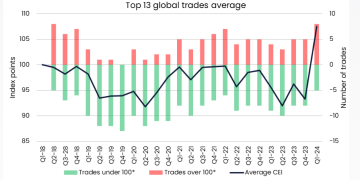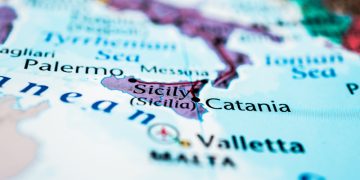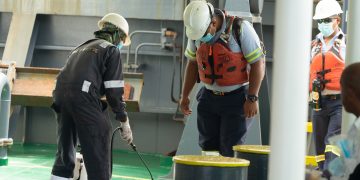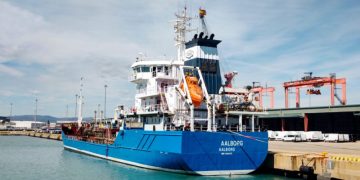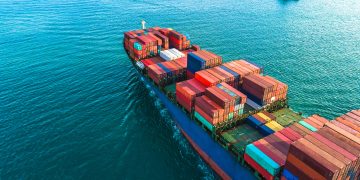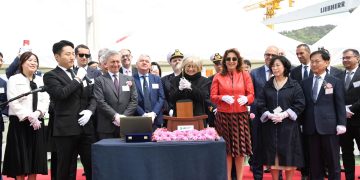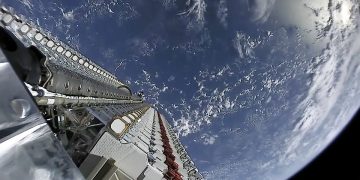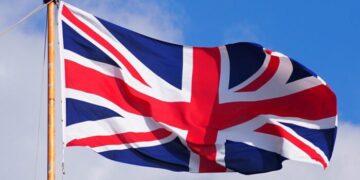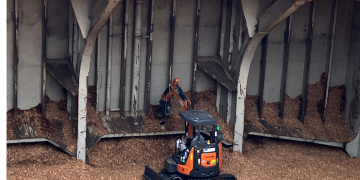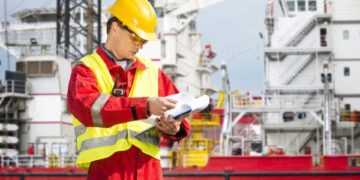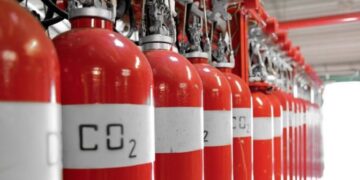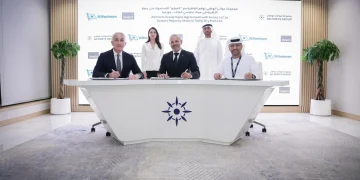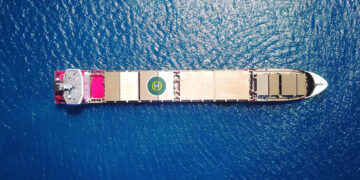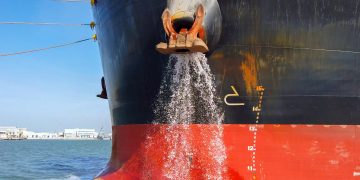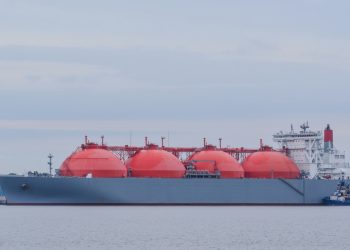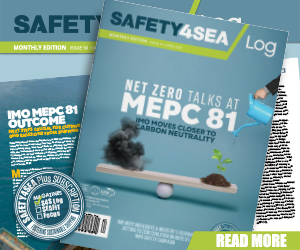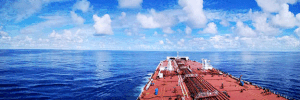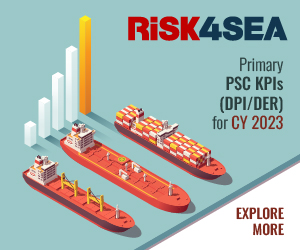DNV GL has recenlty issued a new report to evaluate the possibility of retrofitting existing cruise ships to run on LNG as fuel. Considering the cost of investments and fuel prices, LNG may, in the author’s view, be a cost- beneficial solution that meets the challenge for reducing air emissions. The report is written by Alexandros Chiotopoulos (Consultant), Gerd-Michael Würsig (Segment Director), Atle Ellefsen (Chief Naval Architect), Helge Hermundsgård (District Manager).
A large number of cruise ships currently sailing to popular destinations will soon need to comply with stricter environmental regulations – requiring the installation of scrubbers, the use of LNG as fuel, or a changeover from heavy fuel oil (HFO) to marine gas oil (MGO) or a combination of these two. Compliance with regulations and the strongly fluctuating fuel prices have made cruise operators sceptical about the success of their future business.
The difference in price between MGO and the HFO currently used can increase operational expenses by up to 40%. Making ships more energy efficient and using distillate fuels in order to comply with the forthcoming regulations is an option, but the financial attractiveness needs to be investigated for every ship on a case-by-case basis. A conversion to LNG might, under certain circumastances, be an attractive alternative solution that eliminates the complexities of fitting scrubbers and the high cost of burning distillate fuel.
|
Converting an existing ship to run on LNG can in principle be done by: 1. Taking the ship out of operation and installing the LNG tanks and fuel handling systems in the existing hull. Such a retrofit will reduce the number of cabins and will involve technical complications as the LNG tanks require more space than HFO or MGO fuel tanks and such free space is not available on the ship. In addition, this is time-consuming and thus represents a loss of revenue due to the lengthy off-hire. 2. Inserting a new “LNG-ready” prefabricated mid-body section containing all the LNG systems, additional cabins and public spaces into the ship. Such a retrofit can be done in a few weeks, the ship does not need to go on a lengthy off-hire and the passenger capacity will increase by approximately 10%. The investment is limited to approx. 10% to 12% of newbuilding costs. |
In this DNV Report, the authors focus on the second option which is proven to be the most feasible solution from a technical and financial perspective.
Technical Considerations
The ‘crazy idea’ involves the conversion of a cruise ship to run on LNG by lengthening it (please see DNV GL Figure below). A new prefabricated part, containing LNG tanks and all the required LNG systems, is added to the ship.

A real life example is the ENCHANTMENT OF THE SEAS (please view DNV GL figures below), lengthened in 2005 by adding a 22m-long mid-body section in order to increase the number of cabins. The conversion itself was completed in one month.
|
Benefits of elongation and use of LNG as a fuel
|
|
Current Challenges of elongation and use of LNG as a fuel
|
Financial Assessment
The investment cost required for such a conversion can be broken down into different categories. In addition to the cost of the systems outlined below, the cost of having the ship off-hire needs to be taken into consideration. On the other hand, there is a reduction in the yearly operational expenses outlined below and an additional increase in revenue and profit from the larger number of cabins.

In order to examine the financial attractiveness of this ”crazy idea”, the authors performed a high-level study and mapped the required investment for the LNG system. Then, they compared the LNG system to MGO propulsion and to HFO with a scrubber, which is considered to be the next best alternative
For the high-level simulation exercise, a ship with the following characteristics was assumed:
| New mid-body section length | 23m |
| New LOA of ship | 300m |
| Beam of ship | 32m |
| Ship GT | 75,000 |
| Added staterooms with new mid-body section | 120 |
| Total staterooms after elongation | 1,120 |
| Engines before retrofit | 4x MAN 12V48/60 at 12,600kW |
| Engines after retrofit | 4x MAN 12V51/60 DF at 11,700kW |
The high- level cost estimate
The total weight was assumed to be 5,000 mt and the required steel was assumed to be 3,000 mt, which includes the outfitting, hull structure and required reinforcement.
The LNG system includes all the necessary equipment from the bunker station to the engine.
For the scrubber system cost estimate, a hybrid system with 4 scrubbers, one per engine, has been used.

The scrubber and fuel switch case do not provide additional cabins and therefore no additional revenue from increased number of passengers. Four scenarios have been developed to calculate the payback time for the LNG option.
The difference in the scenarios is the percentage of profit on the yearly revenue generated from the new mid-body section. A spread of 0% – 50% profit on the revenue has been applied to represent the potential economic gains of the elongation.
The additional running costs generated by the passengers on-board the new mid-body section are covered by the extra revenue. By switching to MGO or installing a scrubber system there are no additional cabins and therefore no additional income

|
Conclusion In the authors’ view, retrofitting an existing cruise ship so that it can use LNG fuel is a feasible option for a number of existing cruise ships. The study shows that every ship needs to be considered separately as each ship has unique design characteristics and limitations for the integration of a new section. The retrofit potential depends on the design and structural characteristics of each cruise ship and, based on that, technical showstoppers might arise. Another challenge the industry is facing at the moment is the size and location of the LNG tank due to the ship’s structural limitations and the rules and regulations currently governing the specific topic. The IMO rules have not yet been confirmed. The strictest set of rules currently under discussion limits the maximum allowable tanks size. The fuel that can be stored in the new mid-body section of a typical cruise ship is approximately 1,500 m3 which is equal to the energy of about 800 m3 of MGO. This study has shown that retrofitting cruise ships to run on LNG – authors’ ”crazy idea” – is not only technically but also financially feasible if an attractive LNG price can be achieved. The calculated payback time is 4-8 years compared to MGO. LNG propulsion is a unique solution in that the ship achieves compliance, saves money on fuel, and generates extra revenue from additional passenger capacity. Certain ships now have a window of opportunity to take advantage of the potential financial benefits of LNG propulsion. |
More information may be found by reading DNV GL study ‘‘ Retrofitting cruise ships to LNG by elongation – A Crazy Idea? ”
Authors of the DNV GL Report
Alexandros Chiotopoulos (Consultant) [email protected]
Gerd-Michael Würsig (Segment Director) [email protected]
Atle Ellefsen (Chief Naval Architect)
Helge Hermundsgård (District Manager)
In the start, I was open with you propecia before and after has changed my being. It has become much more fun, and now I have to run. Just as it is incredible to sit.





